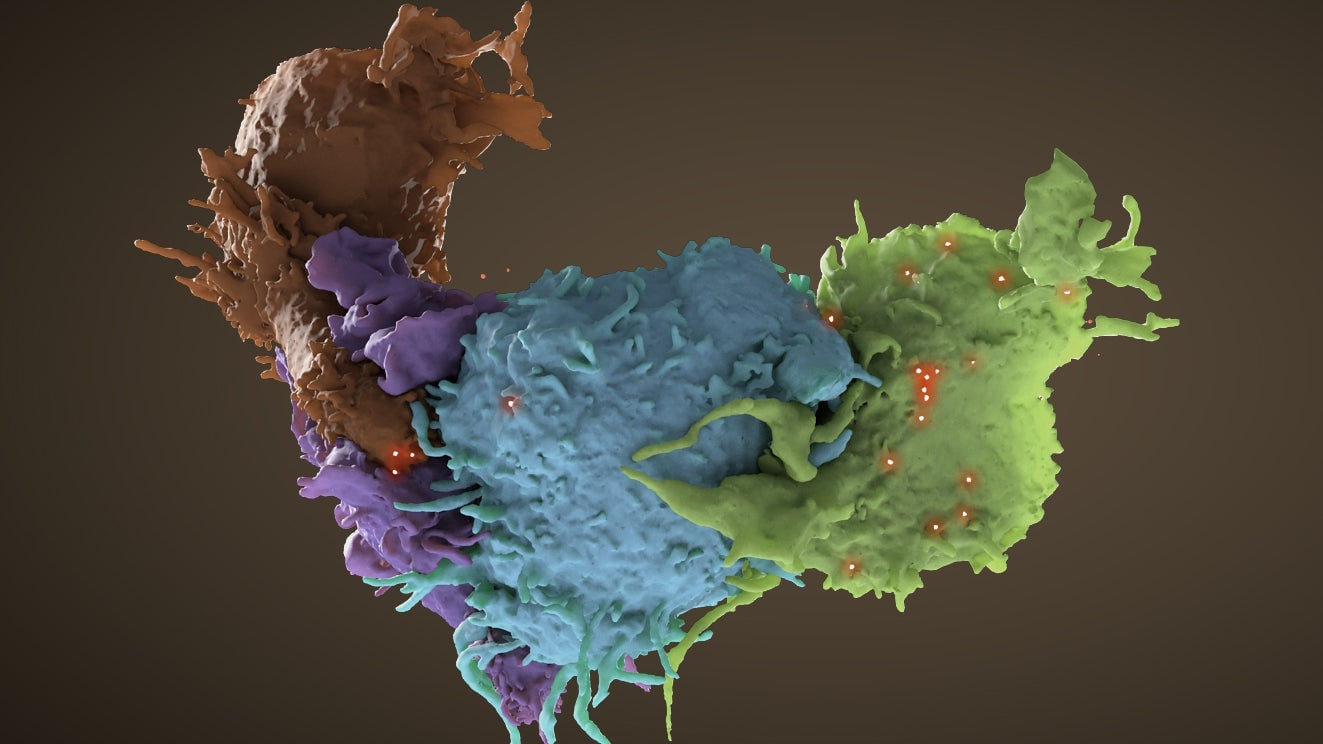A new case study suggests that gene therapy could one day cure HIV
After three decades, a cure for HIV may finally be on horizon, according to a new case study published today (March 5). For the second time ever, a patient living with HIV appears to be in remission from the virus after receiving a stem cell transplant as part of lymphoma treatment.


After three decades, a cure for HIV may finally be on horizon, according to a new case study published today (March 5). For the second time ever, a patient living with HIV appears to be in remission from the virus after receiving a stem cell transplant as part of lymphoma treatment.
The man has been effectively HIV-free for 18 months—too short a time to definitively say that he has been officially cured. But in this single case study, published in Nature (paywall), his team, led by researchers at the University of Cambridge, say that his recovery is precedent for research into using gene therapy to treat HIV in the future.
The news suggests reason for hope among people who have HIV. Advances in HIV medication mean that the virus can now be a chronic condition that is impossible to transmit to others. However, the cocktail of drugs needed to keep the virus at bay are expensive, and wear heavily on other parts of the body over time.
In the study, a man who had been living with HIV since 2003 was diagnosed with late-stage Hodgkin’s lymphoma in 2012. His health-care providers believed that his best treatment would be a transplant of healthy stem cells that would give rise to new, healthy blood cells.
At the time, though, there was no perfect donor match for the patient. The donor the doctors found had genes slightly different from the patients’ own, with two copies of a mutation on a gene called CCR5. These mutations make it impossible for the most common form of HIV to infect immune cells in the body, and occur naturally—albeit rarely—in people all over the world.
The patient had a slight adverse reaction to his transplanted stem cells at first, but after a year and a four months, doctors could find no evidence of HIV in his blood. At that point, the patient stopped taking his antiretroviral medication. Eighteen months later, he still appears to be HIV-free.
The only other time this kind of remission has been recorded was in a patient named Timothy Brown from 2008, known as the “Berlin patient” because he was diagnosed with HIV while living in Germany. Brown also received stem cell transplants with CCR5 mutations as part of treatment for a different blood cancer. Unfortunately, his recovery was much more tumultuous. His cancer returned after roughly a year, and he required a second transplant which, due to complications, nearly killed him. However, he has now been HIV-free for a decade.
This second case study suggests that if a patient’s immune cells could be modified to have two copies of this particular mutation, they could be used to cure HIV infections while reducing the risk of rejection. This kind of treatment, known as gene therapy, has been approved by the US Food and Drug Administration to treat a rare genetic eye disease and certain types of cancers.